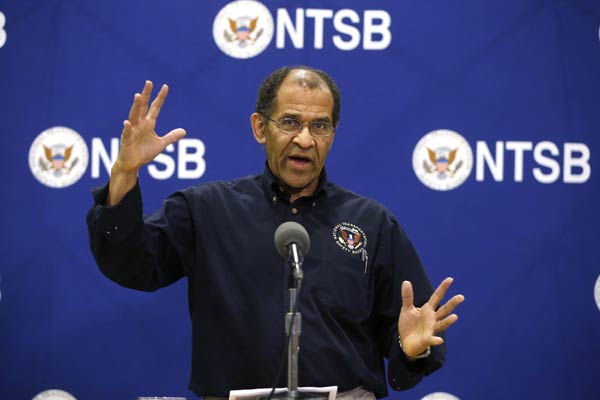Pilot actions examined in US crash of Virgin Galactic space
Updated: 2014-11-04 14:43
(Agencies)
|
|||||||||
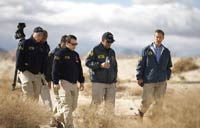 |
| Branson determined to find cause of Virgin spaceship crash, pilots identified |
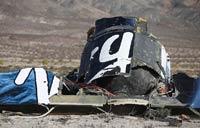 |
| Can private space survive two explosions in four days? |
The untimely engagement of the tail mechanism, designed to slow the vehicle's descent into the atmosphere from space, and the possibility that pilot error was to blame, were disclosed by the NTSB late on Sunday and have emerged as a main thrust of the inquiry into Friday's accident.
The suborbital rocket vehicle dubbed SpaceShipTwo broke into pieces over California's Mojave Desert and crashed shortly after its separation from the special jet aircraft that carries it aloft for its high-altitude launches.
The accident, which unfolded without SpacesShipTwo catching fire or exploding in flames, came on its fourth powered test flight, the first since January.
Video footage from the cockpit shows co-pilot Michael Alsbury, 39, who died in the crash, releasing a lever to unlock the twin-tail section too soon after the space plane was jettisoned from the mother ship over Southern California.
This was followed two seconds later by the premature movement of the tail, which pivots upward from the rear of the wings at a 90-degree angle and increases aerodynamic drag on the spacecraft.
Still, NTSB Chairman Christopher Hart said that investigators have yet to determine whether releasing the tail mechanism too early caused or contributed to the crash of the space plane near the Mojave Air and Space Port, about 95 miles (152 km) north of Los Angeles.
"We know already from having the lever move from lock to unlock that we need to get a human-factors person in here because the question then is why did that happen when it happened," Hart said. "The human-factors person will be here today."
MYSTERY OF PILOT'S SURVIVAL
Investigators also are trying to determine how surviving pilot Pete Siebold, 43, managed to get out of the rocket plane and parachute to the ground from a height of roughly 50,000 feet, an altitude virtually devoid of oxygen.
Hart said Siebold, now hospitalized with a shoulder injury, did not exit through the cockpit's escape hatch. "We know it wasn't through there, so how did this pilot get out?" he said.
SpaceShipTwo, developed by the fledgling space tourism company of billionaire entrepreneur Richard Branson, was designed to carry wealthy passengers on short rides into space, with Virgin Galactic planning to begin offering its first flights to paying customers next spring.
The crash came three days after the unmanned rocket of another private space company, Orbital Sciences Corp, exploded during liftoff from a commercial launch pad in Virginia on a mission to deliver cargo to the International Space Station under contract with NASA.
- Branson determined to find cause of Virgin spaceship crash, pilots identified
- United States Virgin Islands Pushing Forward Energy Conservation and Emissions Reduction by Using PPP Models
- Virgin Money challenge expedition
- Spain's towns celebrate feast of El Carmen Virgin
- Virgin America system encourages mile-high flirting
- Diary of a spa virgin
- Justin Bieber books space voyage on Virgin Galactic
- Co-pilot killed in Virgin Galactic spaceship crash
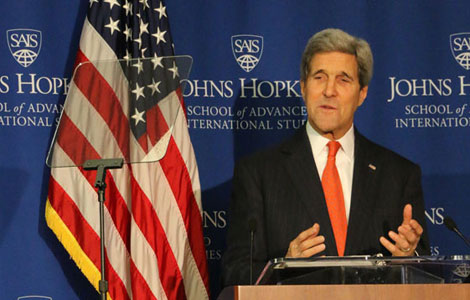
 John Kerry speaks about US-China relations
John Kerry speaks about US-China relations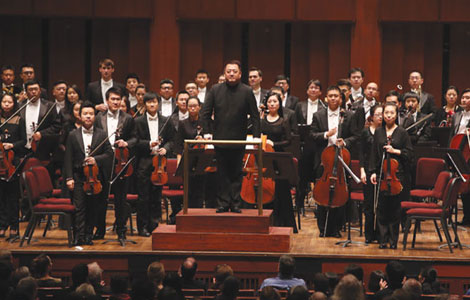
 China orchestra plays in Washington
China orchestra plays in Washington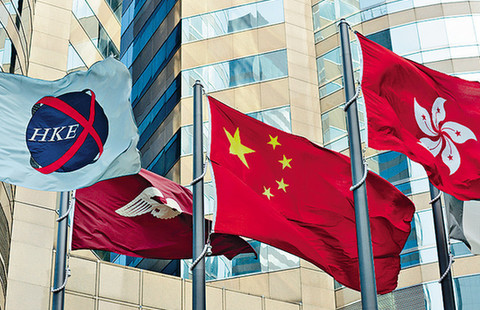
 Top 5 sectors that will ride on top of 'through train'
Top 5 sectors that will ride on top of 'through train'
 Forum Trends: Should students study abroad?
Forum Trends: Should students study abroad?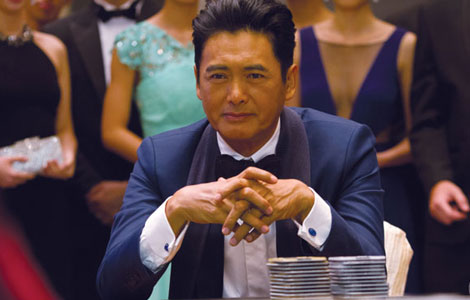
 Hong Kong films to take center stage
Hong Kong films to take center stage
 Healing through art at UN
Healing through art at UN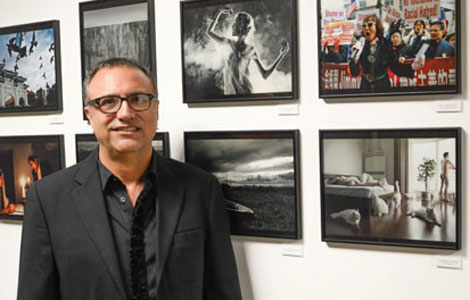
 Lucie photo awards presented in New York
Lucie photo awards presented in New York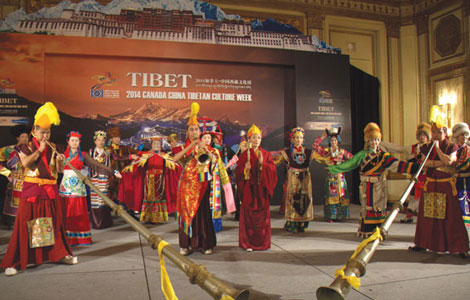
 Tibetan culture to take center stage
Tibetan culture to take center stage
Most Viewed
Editor's Picks

|
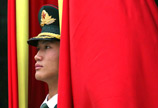
|
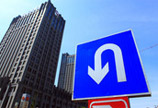
|

|

|

|
Today's Top News
Alibaba Q2 revenue surges
Healing through art at UN
China orchestra plays in Washington
Asian American seeks RI governorship
Chinese envoy urges to enhance nuclear safety
US packer opens new plant in China
Mandarin in 6 months?Can it work?
New agency to strengthen graft fightus
US Weekly

|

|
